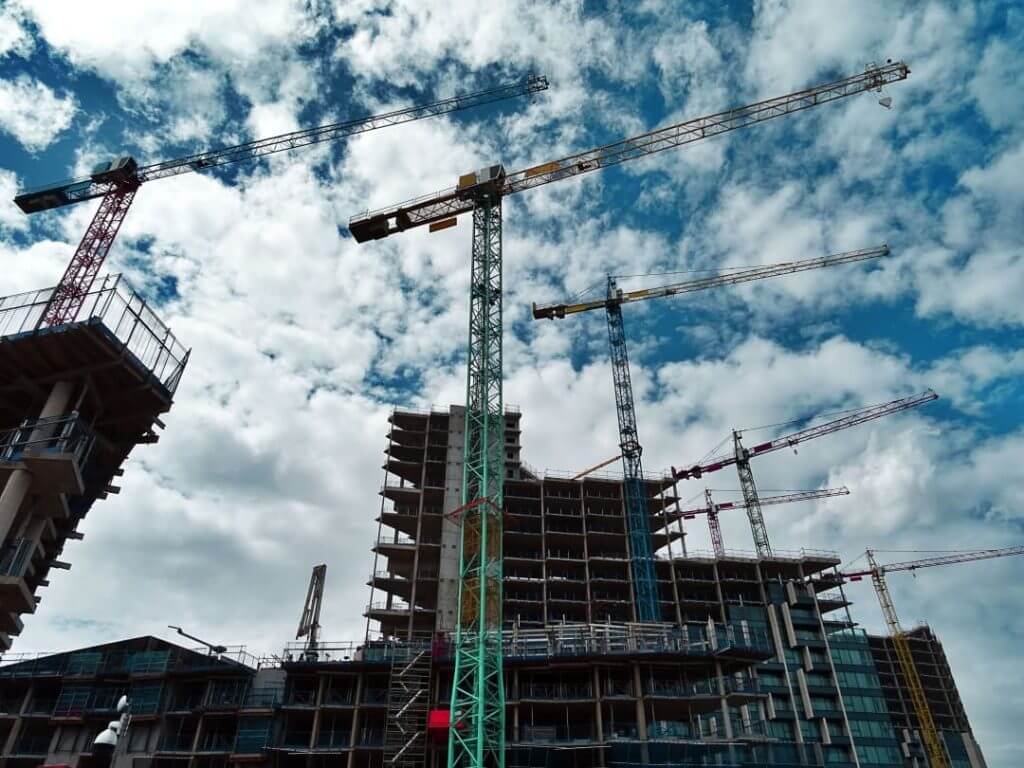July 11, 2022
For performance bonds, a claimant’s strict compliance with the bond’s terms is often required by the surety and ultimately, the court. This was found to be true in a recent case that was decided by the United States Court of Appeals for the First Circuit. In Arch Insurance Company v. Graphic Builders LLC, the Court, while ruling in favor of the surety, held that under Massachusetts law, the surety’s obligation to perform certain subcontract warranty work under the AIA Contract Documents A312®-2010 Performance Bond is conditioned upon the general contractor’s compliance with the terms of the bond.[1]
This case arose out of a construction project in Charlestown, Massachusetts. Graphic Builders, LLC was hired to perform work on a project, which included converting a commercial building into apartments and construction of an apartment structure. Graphic subcontracted with RCM Modular, Inc. to fabricate and assemble portions of the work. An A312 Performance Bond was issued as part of the subcontract documents.
During the project, Graphic complained that portions of RCM’s work were defective. As a result, Graphic sent a letter to the surety, Arch Insurance Company, stating that RCM had defaulted under the subcontract. Graphic reported that it had not received a meaningful response from RCM concerning the defective work, and therefore, Graphic “engaged in remedial efforts to correct” the defective work.[2] Graphic made a claim for $3.18 million in remedial costs, as well as a demand under the performance bond that Arch deliver a window warranty in accordance with RCM’s scope of work. Arch denied liability on the grounds that Graphic had not complied with the bond – Graphic had not terminated RCM before undertaking the performance of RCM’s work – and therefore, Arch’s bonded obligations were not triggered.
Arch filed an action for declaratory judgment that Graphic had materially breached the performance bond, thereby discharging Arch from liability. Graphic counterclaimed that the bond’s preconditions for performance do not apply to Arch’s obligation to provide a window warranty. On appeal, the Court considered whether Section 3 of the bond, which sets forth certain preconditions for the surety’s obligation to perform, apply to Graphic’s window warranty claim. Section 3 provides, generally, that if Graphic is not in default under the subcontract, Arch’s obligations under the bond arise after:
1. Graphic first provides notice to RCM and Arch that Graphic is considering declaring RCM in default, and whether Graphic is requesting a conference among these parties to discuss RCM’s performance;
2. Graphic declares RCM in default, terminates the subcontract and notifies Arch; and
3. Graphic agrees to pay the subcontract balance to Arch or to a contractor selected to perform the subcontract work.
When the conditions of Section 3 have been met, the bond requires Arch to perform its duties, which may include arranging for the original subcontractor to complete the job; taking over the work; arranging for a new subcontractor to complete the work; or determining the amount it may be liable and making that payment to the contractor.[3]
It was undisputed that Graphic did not comply with sections 3.2 and 3.3 of the A312. Graphic argued that its demand that Arch provide a window warranty does not require compliance with section 3 of the bond because a “post-completion” warranty obligation is not subject to this section’s termination requirement.[4] The Court, however, found that no such distinction between a subcontractor’s hands-on construction work and its warranty obligations exist under the bond or related case law.[5] Rather, RCM’s warranty obligations are part of its subcontract work, all of which is subject to the requirements of Section 3. The Court noted that “section 3 and 5 of the A312 bond protect the surety by clearly signaling when the surety must take over for a defaulting principal and by giving the surety the choice on how to remediate the default.”[6] As such, the Court found that Arch’s obligation to perform and provide the window warranty under the performance bond was conditioned upon Graphic’s termination of RCM.[7] Since Graphic did not comply with the terms of the bond, the Court affirmed summary judgment in favor of Arch.
This case demonstrates the importance of adhering to the plain provisions of surety bonds. In other words, if Graphic wanted Arch to take action under its performance bond claim, Graphic should have strictly complied with the preconditions listed in the A312. Failure to comply with the terms of the bond can have drastic consequences, and ultimately lead to the denial of a payment or performance bond claim.
AIA Contract Documents has provided this article for general informational purposes only. The information provided is not legal opinion or legal advice and does not create an attorney-client relationship of any kind. This article is also not intended to provide guidance as to how project parties should interpret their specific contracts or resolve contract disputes, as those decisions will need to be made in consultation with legal counsel, insurance counsel, and other professionals, and based upon a multitude of factors.
[1] Arch Insurance Company v. Graphic Builders LLC, 36 F.4th 12 (1st Cir. 2022). [2] Id. at 14. [3] Id. at 16. [4] Id. at 18. [5] Id. [6] Id. [7] Id. at 21.

